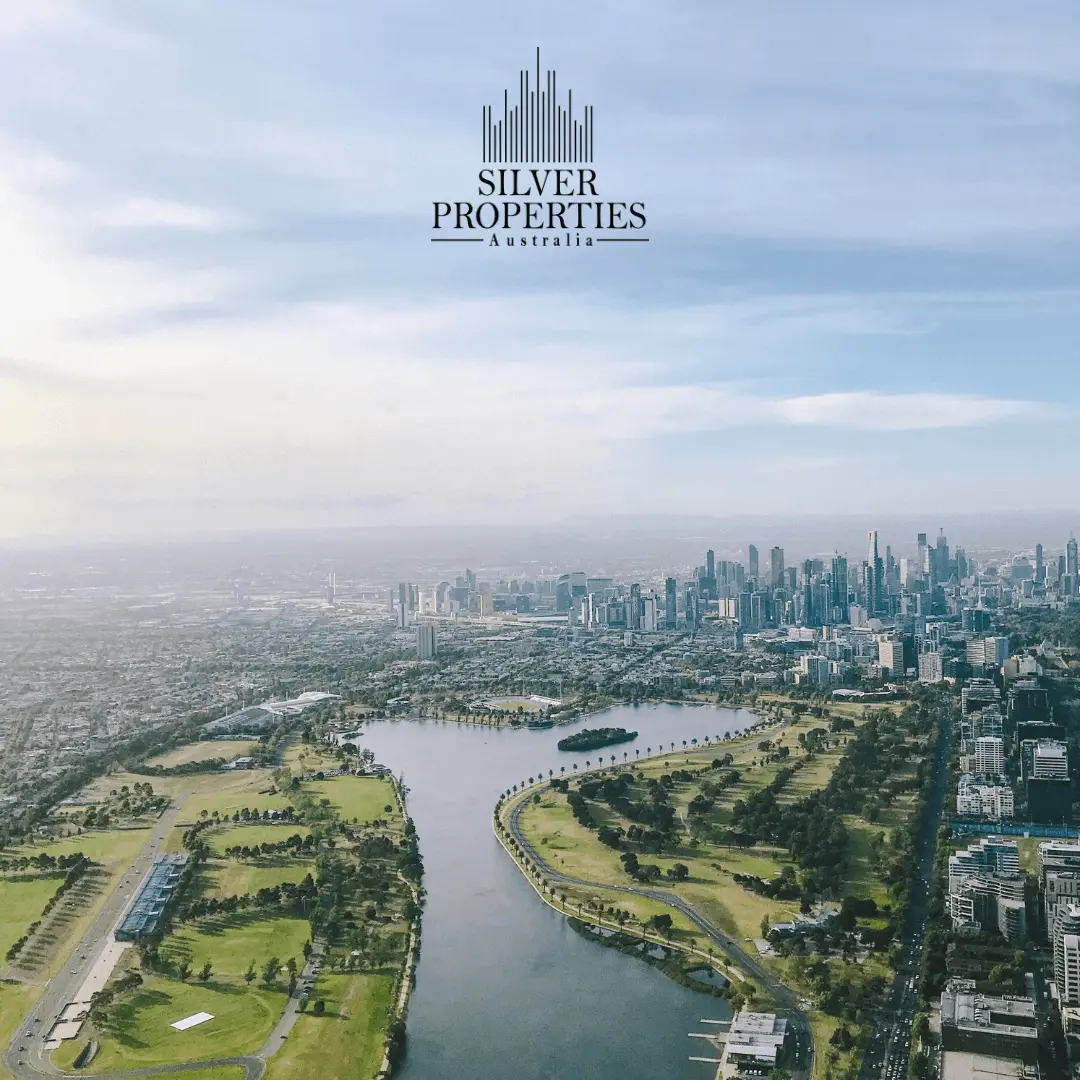Investing in Melbourne’s real estate is not just about the financial outcome, but also the lifestyle it offers. Melbourne, known for its vibrant culture, economic stability, and diverse communities, presents unique opportunities for real estate investors. However, understanding the lifestyle factors alongside Melbourne’s property market dynamics can significantly influence investment decisions and outcomes. This article delves into the crucial lifestyle factors that should guide investors’ choices and the property market’s inherent dynamics to consider when investing in Melbourne’s real estate.
Key Lifestyle Factors for Melbourne Investors
First and foremost, location is paramount. Melbourne’s diverse neighborhoods offer a range of lifestyle options, from the bustling city life in the CBD to the peaceful, leafy suburbs. Each area caters to different demographics and lifestyle preferences, affecting property demand and value. For instance, properties near top-rated schools, parks, and beaches often see higher demand among families. Similarly, proximity to the city’s business hubs, universities, and vibrant nightlife appeals to professionals and students. Understanding the lifestyle preferences of potential tenants or buyers is crucial in selecting the right investment spot.
Additionally, Melbourne’s emphasis on sustainability and green living is increasingly influencing real estate investment decisions. Properties that demonstrate energy efficiency, offer green spaces, and proximity to public transportation options are becoming more desirable. This not only aligns with the growing environmental consciousness but also can result in cost savings for investors in the long term. Furthermore, the city’s infrastructure developments, such as the Metro Tunnel project, are set to enhance connectivity and accessibility, making certain areas even more attractive for residents and investors alike.
Lastly, the cultural and recreational amenities available in a neighborhood play a significant role in its attractiveness. Melbourne is renowned for its cultural diversity, culinary scene, sports events, and art exhibitions. Areas that offer a variety of dining, entertainment, and recreational facilities tend to attract a vibrant community, maintaining strong rental demand and property values. Accordingly, investors should consider the cultural and lifestyle offerings of a neighborhood as key factors in their investment decisions.
Understanding Melbourne’s Property Market Dynamics
The Melbourne property market is characterized by its resilience and potential for long-term growth. However, it’s also subject to fluctuations influenced by economic policies, demographic shifts, and global economic conditions. For instance, changes in interest rates, lending criteria, and government incentives for first-home buyers or developers can significantly impact market demand and property values. Keeping abreast of these macroeconomic factors is essential for making informed investment choices.
Furthermore, Melbourne’s demographic trends, such as population growth and the increase in single-person households, are reshaping the property market. There is a growing demand for smaller, more affordable housing options in well-connected areas. This shift offers opportunities for investors to diversify their portfolios with different property types and sizes, catering to a broader range of buyers and renters. Analyzing these demographic changes can provide valuable insights into future market trends and investment potentials.
Additionally, the supply and demand dynamics within Melbourne’s property market can offer indications of potential investment performance. Areas with high demand but limited supply often experience stronger capital appreciation and rental yield. Conversely, regions with an oversupply of properties might see stagnated or declining prices. Understanding these dynamics and conducting thorough market research can help investors identify promising investment areas and avoid less favorable markets.
Investing in Melbourne real estate is a multifaceted decision that goes beyond just financial considerations. The city’s diverse lifestyles, combined with dynamic property market conditions, offer both opportunities and challenges for investors. By carefully considering the key lifestyle factors and staying informed about the market’s evolving dynamics, investors can make strategic decisions that align with their goals, preferences, and market trends. Melbourne, with its promising prospects, continues to be an attractive destination for real estate investment, provided one navigates its complexities with insight and foresight.
Key Takeaways
- Location and neighborhood lifestyle amenities significantly influence property demand and value in Melbourne.
- Environmental sustainability, infrastructure developments, and cultural amenities are becoming increasingly important for real estate investments.
- Understanding Melbourne’s property market dynamics, including macroeconomic factors, demographic trends, and supply-demand balance, is crucial for successful investments.
FAQs
-
What makes Melbourne attractive for real estate investment?
- Melbourne’s vibrant culture, stable economy, and diverse communities offer lucrative opportunities for investors, alongside a strong potential for property value appreciation and rental yields.
-
How important is location when investing in Melbourne real estate?
- Extremely important. The location influences the demand and value of property significantly, depending on the lifestyle, amenities, and connectivity offered.
-
Are green and sustainable properties gaining popularity in Melbourne?
- Yes, environmentally friendly properties that promote sustainability are increasingly preferred, potentially offering cost savings and aligning with the environmental values of residents.
-
What infrastructure developments should investors be aware of?
- Projects like the Metro Tunnel impact property demand by enhancing connectivity, making affected areas more attractive to investors.
-
How do demographic trends affect Melbourne’s real estate market?
- Shifts like population growth and increasing single-person households influence demand for different property types and sizes, impacting investment strategies.
-
What economic policies influence Melbourne’s property market?
- Interest rates, lending standards, and governmental incentives can affect market dynamics, demand, and investment viability.
-
How can investors stay updated on Melbourne’s property market dynamics?
- Regularly reviewing real estate reports, market analyses, and staying informed through professional networks and media can provide insights into current trends and forecasts.
-
What are the signs of a promising investment area in Melbourne?
- Areas with high demand, limited supply, good infrastructure, and lifestyle amenities often present good investment opportunities.
-
What type of properties are in demand in Melbourne?
- The demand varies, but there’s a growing interest in smaller, affordable, well-located properties, especially among younger demographics and smaller households.
-
How should investors approach the Melbourne property market?
- With comprehensive research, considering both financial and lifestyle factors, and staying updated on market dynamics to make informed decisions.


Leave a Reply